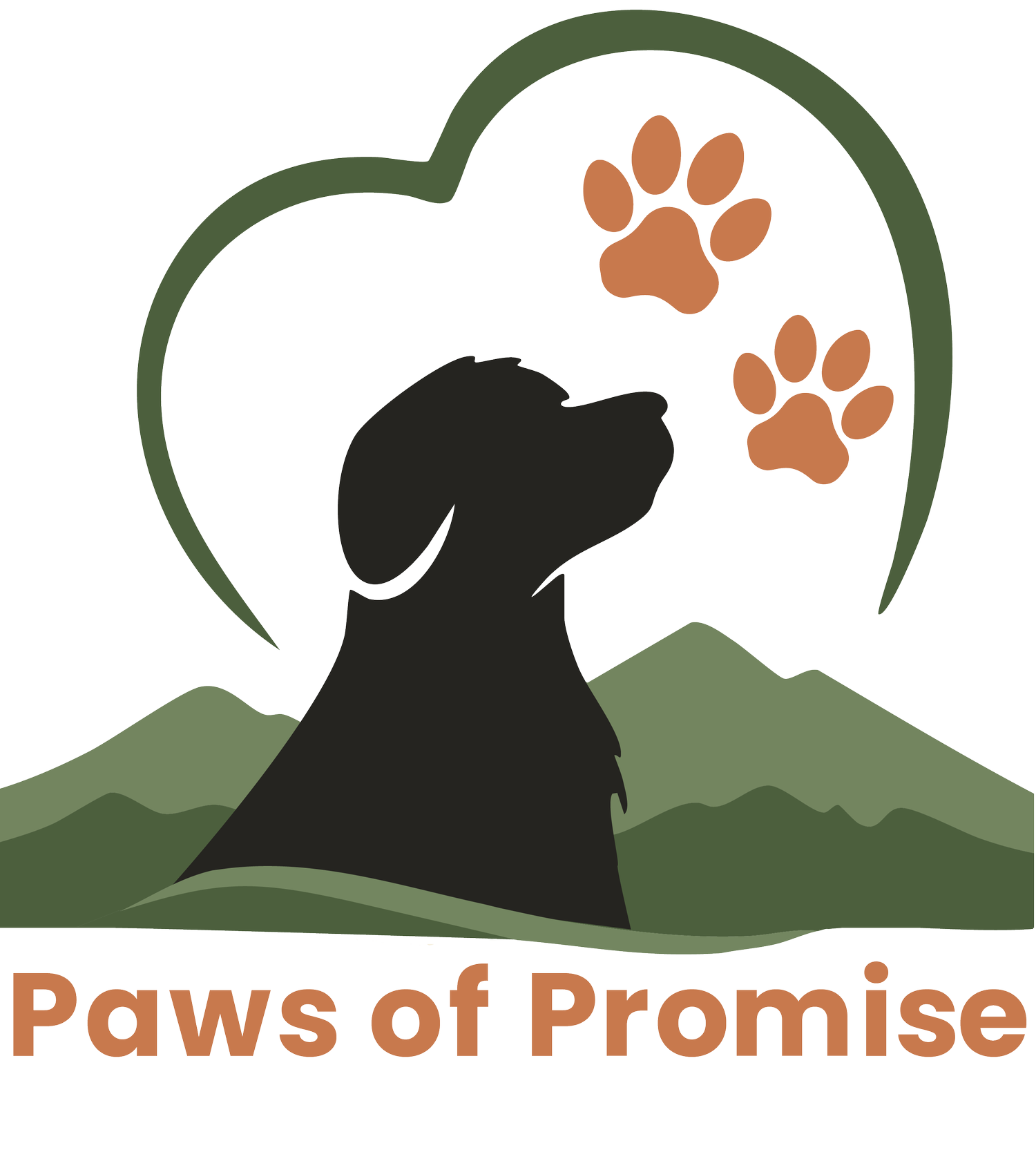How to Care for a Dog From a Neglectful Home (Without Losing Your Mind or Their Trust)
First, the truth
Dogs who’ve been neglected aren’t “difficult”; they’re scared and in survival mode. Your job is to make life predictable, safe, and kind. That’s it. Start there and everything else gets easier.
Signs you might see: shut-down behavior, pacing, cowering, flinching at touch, accidents indoors, guarding food or toys, no appetite, over-eating, skin/coat issues, or zero idea how to live in a home. None of this means they’re “bad.” It means they need time and a plan.
Before you bring the dog home
Set yourself up to win.
Book a vet exam within the first week. Ask about pain, parasites, skin, teeth, and weight. Pain looks like “behavior problems.”
Create a quiet zone (crate or pen + bed + water). Add white noise. No foot traffic.
Get the basics: properly fitted harness, 6–8 ft leash, ID tags, high-value treats, lick mats, stuffed KONGs, puzzle feeders, baby gates.
House rules for humans: one calm handler, low voices, no crowding, no surprise hugs, no dog parks, no “trust tests.” Kids = look, don’t touch, for now.
Plan the schedule (walks, meals, potty breaks, rest). Routine is the love language here.
Quick humor break: Your new dog does not need a welcome party. Think spa retreat, not Times Square.
The first 72 hours: decompress
Aim for quiet, safety, and predictability.
Do:
Keep the leash on indoors at first for gentle guidance.
Short, boring walks; frequent potty breaks.
Hand-feed a portion of meals to pair you = good things.
Sit nearby and read or work; let them approach you.
Sleep and rest—more than you think.
Don’t:
Don’t bathe unless medically needed right now.
Don’t invite guests.
Don’t test them with toys/chews they may guard.
Don’t force eye contact, cuddles, or handling.
The 3-3-3 idea: ~3 days to decompress, ~3 weeks to learn routine, ~3 months to feel at home. Not a hard rule, but a helpful mindset.
Weeks 1–4: build trust and structure
Routine = relief. Same wake time, meal times, potty times, and walk times.
Choice & consent: Let the dog choose to approach. If they turn away, that’s a “no, thanks.” Respect it.
Pair you with good stuff: Quiet “yes” + treat when they look at you, come near, or check in. That “yes” becomes gold.
Enrichment: Sniffy walks, scatter feeding, simple puzzles, lick mats. A busy nose calms the brain.
Reading the room (body language): soft eyes, loose body, curved approach = good. Hard stare, whale eye, freezing, lip licking, yawning off-context, tucked tail = “I’m not okay.”
Crate/pen as a safe den: Feed in there, toss treats in, door open at first, short sessions. Never use the crate as punishment.
Management over willpower: Use gates; manage access to windows/doors; limit overwhelming spaces.
House training & basic manners (treat them like a puppy)
Potty plan: Out first thing, after meals, naps, play, and before bed. Praise outside; ignore accidents (clean with enzymatic cleaner).
Leash walking: Short, predictable routes. Reward any check-in or slack leash.
Resource guarding prevention: Trade-up games. Toss a better treat away from the item; dog moves; you calmly pick up the item. No prying jaws open.
Feeding: Scheduled meals, bowl down for 15 minutes, then up. Predictable beats “buffet.”
Handling & grooming (go slow = go far)
Desensitize touch: Touch shoulder → treat. Touch ear → treat. Stop before they’re uncomfortable.
Cooperative care: Teach a chin-rest on your palm or a towel as the “ready” signal. When the chin lifts, you pause.
Muzzle training (if needed): Baskerville-style, peanut-butter party. A muzzle is a seatbelt, not a scarlet letter.
Nails & brushing: One nail, one cookie. That’s a win.
Socialization (not “flooding”)
Skip dog parks for now.
One calm visitor at a time. Visitor ignores the dog; tosses treats away from the dog’s body.
If kids are around: dog behind a gate with a chew. You’ll thank me later.
When to get help (no shame in it)
Call your vet or a certified, positive-reinforcement trainer/behavior consultant if you see:
Biting or repeated snapping.
Panic (can’t settle, nonstop pacing/panting).
No eating for 24–48 hours (after medical issues are ruled out).
Resource guarding that’s escalating.
Aggression toward children or other pets.
Look for credentials like KPA-CTP, CPDT-KA, CBCC-KA, IAABC. Ask if they’re experienced with fear/trauma cases. Avoid anyone who recommends shock, prong, leash pops, or “alpha” talk. Fear doesn’t fix fear.
Common mistakes (don’t do these)
Rushing: “They need to meet everyone!” No, they don’t.
Punishing fear: Yelling at a fear response just adds… more fear.
Chaos: Inconsistent schedules, ten different rules, everyone training differently.
Pushing contact: “He has to get used to it.” Forced touch backfires.
Skipping the vet: Pain is a behavior problem wearing a dog costume.
A simple daily plan
7:00 Potty + short sniff walk
7:30 Breakfast (part in bowl, part by hand)
8:00–10:00 Rest in crate/pen (lick mat)
12:00 Potty + five minutes of easy training (name, “yes,” trade)
12:30–2:30 Rest
3:00 Enrichment (sniff walk or puzzle)
6:00 Dinner
7:00 Calm family time (you read, dog chews)
9:30 Final potty, bed
Progress isn’t linear
You’ll have good days and “why did I sign up for this?” days. That’s normal. Celebrate tiny wins: a tail untucks, a soft blink, a nap in the sun. That’s healing.
Quick checklist
Vet exam booked
Safe zone set (crate/pen + white noise)
Baby gates up
High-value treats, lick mats, puzzle feeders
Calm, consistent routine
No forced touch, no dog parks, no big social scenes
Trainer lined up (if needed), positive-only

